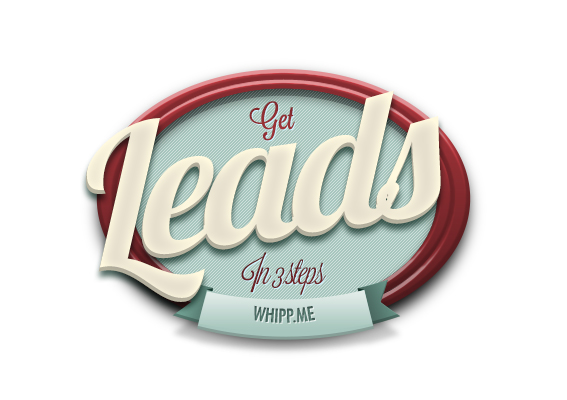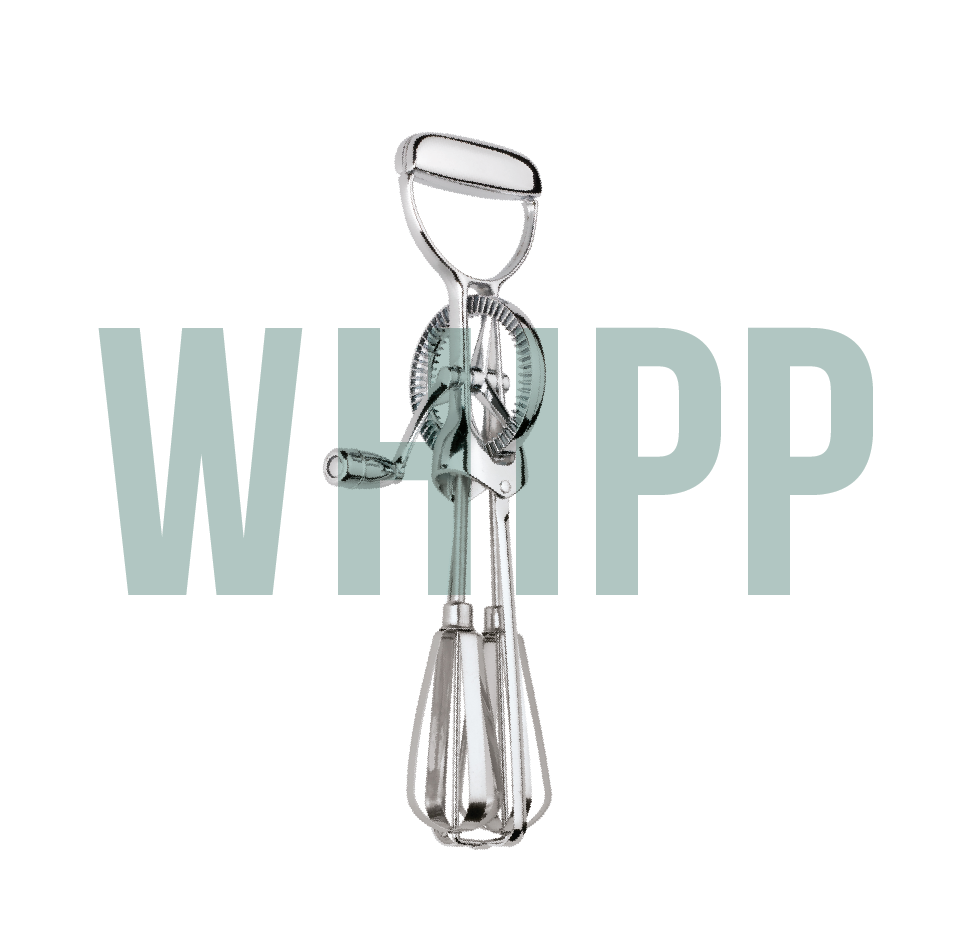
3 steps to covert visitors to leads
Now that you are using Search Engine Optimization, keyword, and linking strategies to drive traffic to your website, it’s time for phase three: Covert traffic into a relationship.
1-CTA strategy
Calls to action (CTA)offer your website visitors a chance to get more from you. They let your visitors know what you want them to do and directs them the appropriate landing pages you’ve created. CTA’s need to catch the attention of your potential students and ask a fun demand like “click here for this awesome college starter toolkit.” The contents inside a CTA are often a simple appealing button that allows traffic to give you their information for a product. CTA’s are often e-books, white-pages, and tutorials.
A call to action is a great way to analyze what part of the funnel a visitor is in. More invested customers who want what you have to offer are more likely to download, and more often.
2-Landing Page strategy
A Landing page allows a website visitor to share their contact information and helps you identify the type of information they are interested in. They get their cool starter kit and you get their information like name, high school, and email.
Landing pages are more likely to convert visitors to leads when you require a minimal amount of essential information. You need information. They want your e-book. You give and you get. Make it clear and easy for the reader to understand what they get in exchange for their information. Don’t underestimate the power of the bullet point on this step. The landing page needs to be separate from everything else. Make sure not to distract the eyes of your future leads with irrelevant information or links.
3- Emails, workflows, and social media
As you build out a list of people interested in your content, you can measure what content they are interested in and what stage of decision they are in. You then can intelligently coax that prospect down the decision funnel with proper nurturing tools like email and social media.
Emails are a great way to thank your future customer for their download, for example. You can also use that opportunity to introduce them to another blog post you think might interest them.
Automated workflows are a great way to handle this scenario. As soon as someone clicks on your CTA, it sends them to a specific landing page, and after the form has been filled out, a thank you email with suggestions is sent to them automatically.



Sorry, the comment form is closed at this time.